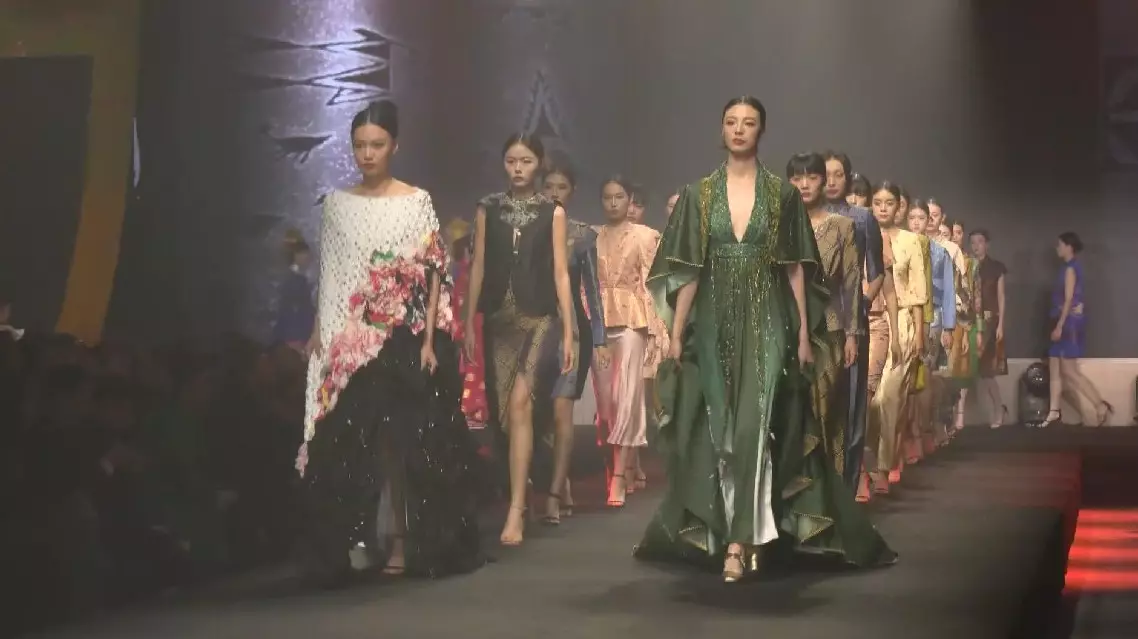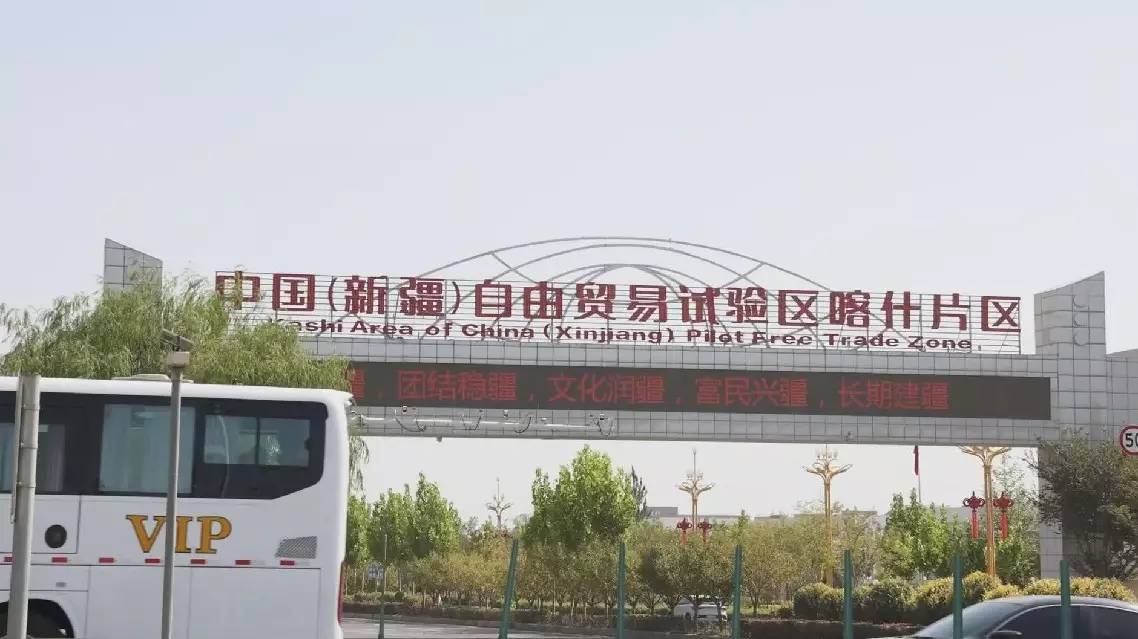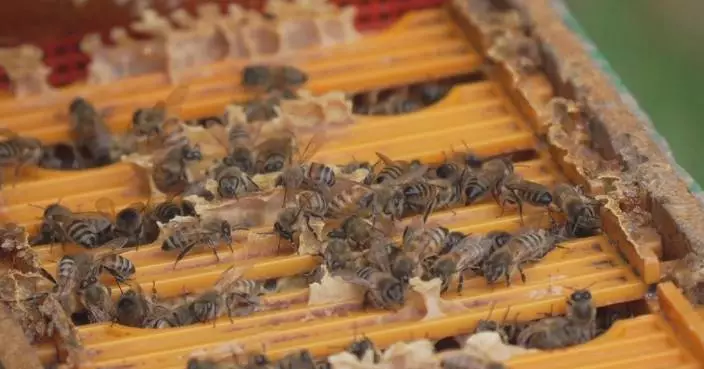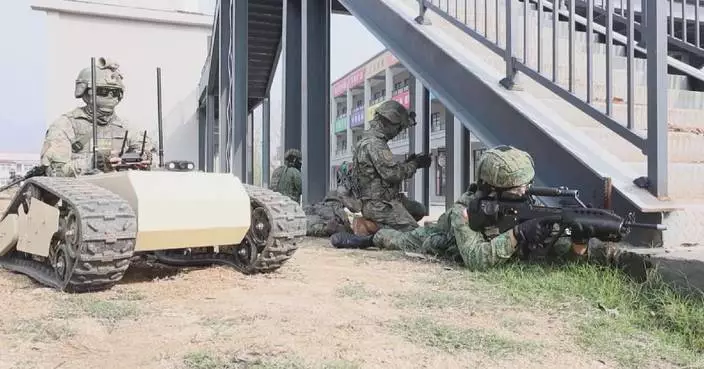The 8th China Textile Intangible Cultural Heritage Conference, held on Nov. 15-17 in Xucun town of Haining City in east China's Zhejiang Province, dedicated itself to showcasing the fusion of traditional textile craftsmanship with modern fashion.
The three-day event brought together inheritors of intangible cultural heritage (ICH), designers, entrepreneurs and scholars to focus on the integration of traditional textile craftsmanship with Guochao, or Chinese modern fashion trends.
"While maintaining the original cultural attributes of intangible cultural heritage, we manage to integrate modern technology and fashion design into traditional tapestry to enable it to have new changes, breathing intangible cultural heritage techniques into our daily life," said He Rong, a textile heritage ambassador and fashion designer.
The conference also featured cultural and creative products from various ethnic minority groups, demonstrating the rich diversity of China's intangible heritage.
However, experts pointed out that while there is growing awareness about integration of heritage techniques into commercial products, many of the cultural creations are still facing challenges of homogeneity.
"There is a need for more designers with modern aesthetic sensibility and a sense of fashion to incorporate these techniques into contemporary clothing," said Li Wei, professor at Tsinghua University's Academy of Fine Arts.
Sun Huaibin, chief planner of the conference, emphasized the importance of integrating textile heritage elements with the fashion industry.
"If the elements of our intangible cultural heritage in textiles can be incorporated into product design, development, research, production and sales by enterprises, it will greatly boost the promotion of our intangible heritage," he said.
According to Sun, a next step of China's textile industry is to achieve industrialization, commercialization and even integration into daily life.
Data from the China National Textile and Apparel Council revealed that the market size of the Guochao economy reached 2.05 trillion yuan (283 billion U.S. dollars) in 2023, reflecting a 9.44 percent year-on-year growth.

Fusion of traditional textile craftsmanship with modern fashion showcased at textile heritage conference









